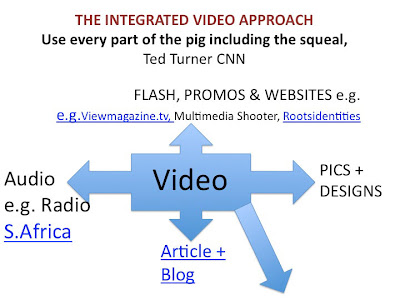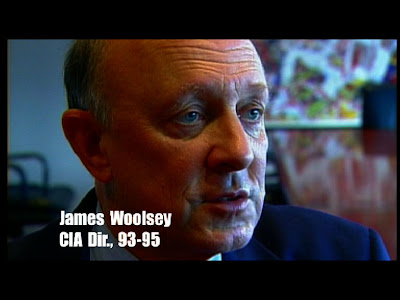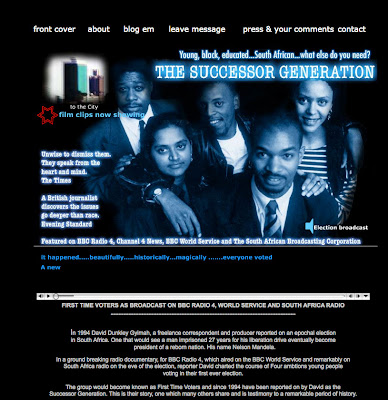 New World Order - article for Sony Magazine by David in 2001. The Order is only now materialising.I'm in transit to Slovakia, before Cairo, to share ideas with 150 of the top media and digital media execs from around the world where I'll be presenting, listening, and chairing a session on New TV.
New World Order - article for Sony Magazine by David in 2001. The Order is only now materialising.I'm in transit to Slovakia, before Cairo, to share ideas with 150 of the top media and digital media execs from around the world where I'll be presenting, listening, and chairing a session on New TV.And in this new tv setting the production methodology is one of videojournalism.
In the last couple of years I have been researching an aspect of videojournalism, which I call the Outernet, as part of a PhD.
I wanted to do this, a sometimes tortured exercise, to understand better, drill deeper into the tissue of videojournalism and its cognate areas e.g cinejournalism.
And to complement some of the practical techniques in training and videojournalism I have been doing for the past 16 years.
The research is proving highly interesting and some of those will feature in a book I'm writing for Peachpit.
The coming years will prove the most fertile period for this art form, because that's what it is, something manifestly more than it seems, ushering a fundamental era in authorship and trust.
It's not a restrictive language and its deconstruction will force the hand of new technologists to up their game and theorists to revisit and formulate debates of subjectivity and objectivity, which we've wrestled with uncomfortably for far too so long. The realignment is well due.
DVCam revolutionGet ready for a slew of new DVcameras with features that hitherto have not been present on current cameras.
Commensurate with this, will be new understandings and rationales within the filmic (subconsciousness) space.
Thus far we've taken the visual grammar for granted at the behest of the
radio narrative. Every video moment requires a voice track.
To practitioners this is a period of great creativity, but what does it mean for execs and business managers ?
That truly in the main videojournalism will have nothing to do with costs, because the mean cost threshold would be fixed, normalised.
So it boils down to one of the most contentious, but exhilarating areas of film and art mode:aesthetic.
Aesthetics is not about beauty, but that which we create and make sense of; it affects our sensibilities in ways that envelope unique characteristics.
In the future, global New TV will play to these in far more sophisticated ways parallelling the decades of creativity that have underpinned other creative arts e.g. music and film.
And in many cases, it will be about a modern day versions of old formats ( that's what the research is showing) and housing films in environments which can be viewed as stand-alone or within their own architectural aesthetic.
How to woo an audience and keep them in a world flushed with video will keep us awake like no other time.
























